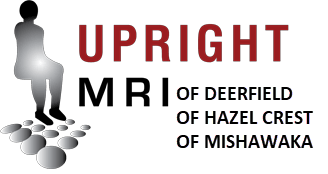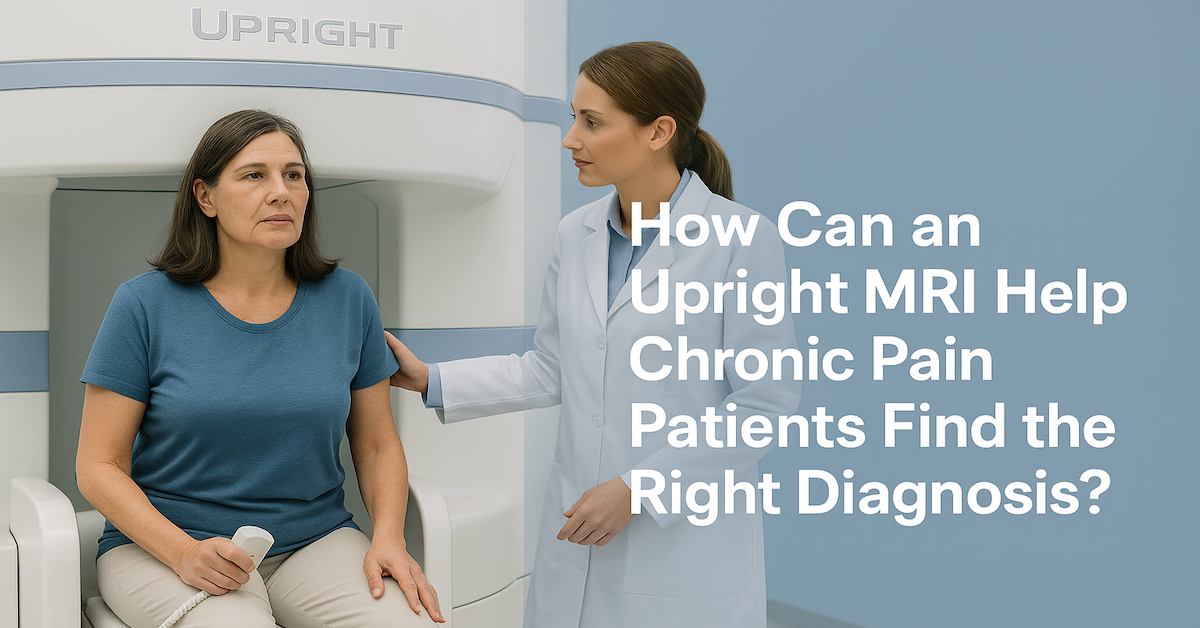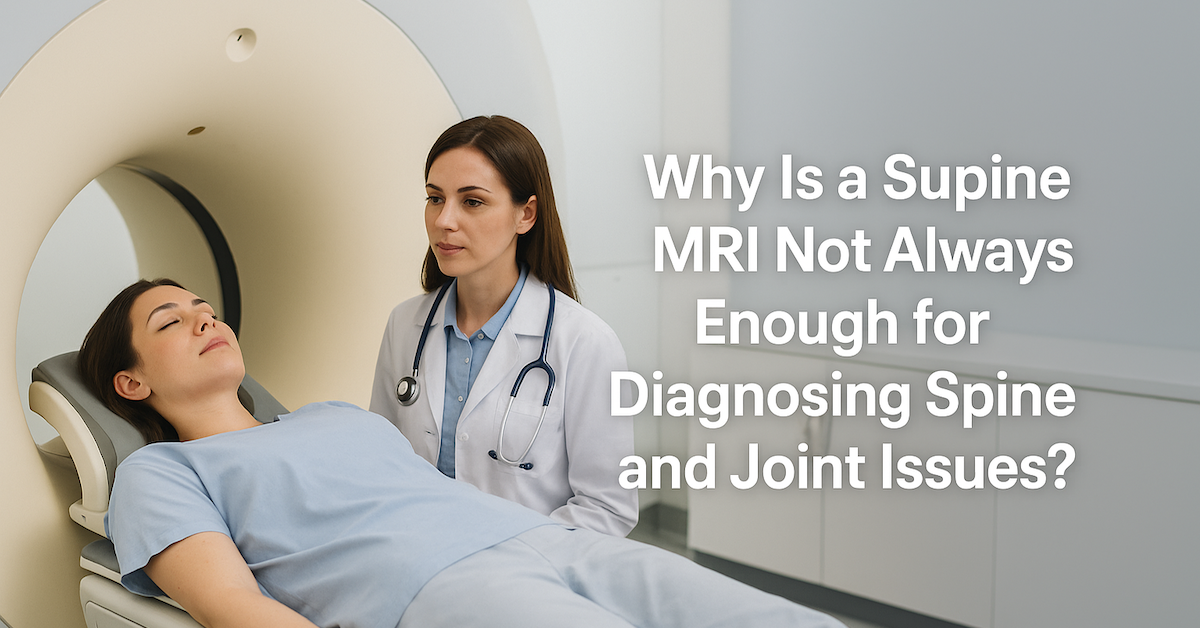How Can MRI Scans Assist in Diagnosing Pelvic Conditions?
When dealing with pelvic health issues, accurate diagnosis is critical. Pelvic conditions can be complex, involving a range of organs, tissues, and systems. That’s where MRI (Magnetic Resonance Imaging) scans come in. Known for their detailed imaging capabilities, MRIs offer a non-invasive way to assess pelvic health and pinpoint the root causes of various conditions. Here’s an in-depth look at how MRI scans can assist in diagnosing pelvic conditions and why they are a game-changer in medical imaging.
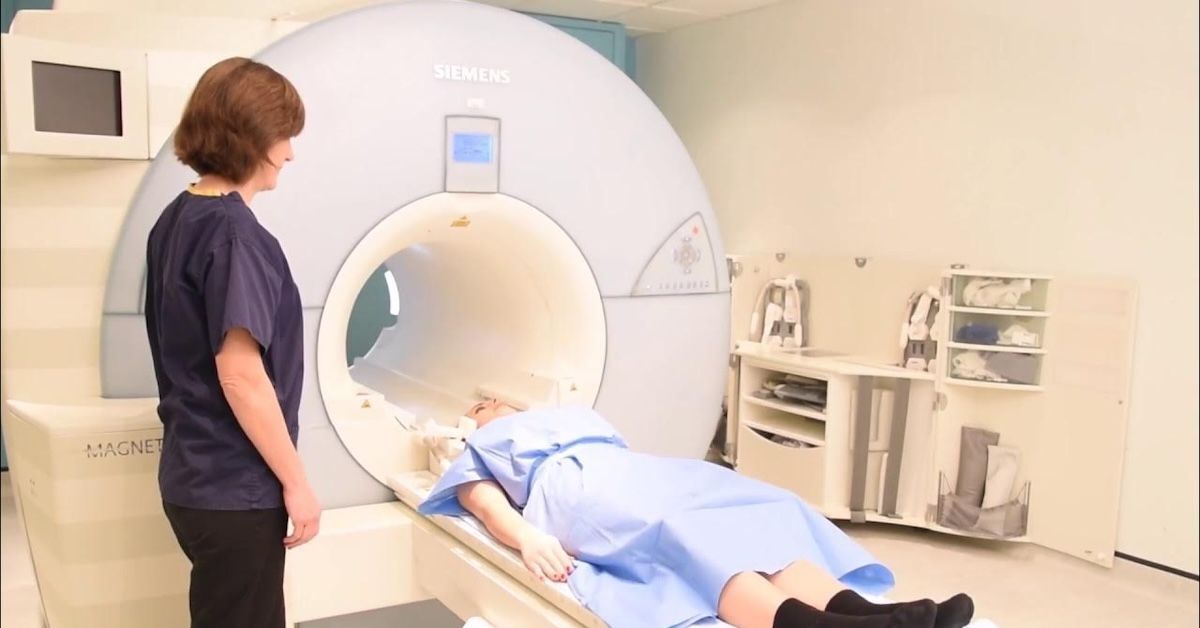
Understanding Pelvic Conditions and the Need for MRI Scans
Pelvic conditions affect a wide range of individuals, with causes that can be hard to detect through routine exams or basic imaging techniques. Women may face issues like endometriosis, fibroids, ovarian cysts, or pelvic inflammatory disease (PID). Men may deal with prostate problems or other reproductive health concerns. Additionally, conditions like pelvic floor dysfunction and chronic pelvic pain affect both genders.
What makes diagnosing these conditions tricky is that symptoms often overlap or present vaguely. Pain, discomfort, and irregularities in function may point to multiple possibilities. While physical exams and ultrasounds are helpful first steps, they can fall short in identifying the finer details of soft tissue, organ structure, or blood flow. This is where MRI shines, offering unparalleled clarity and accuracy.
How MRI Works for Pelvic Imaging
Magnetic Resonance Imaging uses a combination of magnetic fields and radio waves to generate highly detailed images of the body’s internal structures. Unlike X-rays or CT scans, MRIs do not involve radiation, making them a safer option, especially for individuals requiring repeat imaging.
When it comes to pelvic imaging, MRIs can go deeper, capturing high-resolution images of organs, muscles, and blood vessels. Some conditions require specialized techniques like contrast-enhanced MRI, which involves injecting a safe dye to improve visibility of certain areas. Functional MRI (fMRI) may also be used to assess blood flow or tissue activity, adding another layer of diagnostic power.
Specific Pelvic Conditions Diagnosed with MRI
The versatility of MRI makes it a valuable tool for diagnosing a variety of pelvic conditions:
- Endometriosis: Endometriosis often causes debilitating pain, but its diagnosis can be challenging without imaging. MRI can map lesions and scar tissue with remarkable precision, helping doctors avoid invasive diagnostic surgeries like laparoscopy.
- Fibroids and Adenomyosis: Fibroids are non-cancerous growths in the uterus, while adenomyosis involves the thickening of the uterine wall. MRI can distinguish between these conditions, evaluate their size, and identify their impact on nearby organs.
- Pelvic Pain and Inflammation: Chronic pelvic pain can be caused by hidden infections, inflammation, or abscesses. MRI helps uncover these issues when other tests fail.
- Ovarian and Uterine Issues: From benign ovarian cysts to more serious concerns like malignancies, MRI provides detailed information that aids in determining the best course of treatment.
- Prostate and Male Pelvic Health: MRI is increasingly used to diagnose prostate cancer and assess abnormalities in male reproductive organs, offering a non-invasive yet highly accurate solution.
Advantages of MRI Scans for Pelvic Diagnoses
What sets MRI apart from other imaging methods is its unique combination of precision and safety. It’s non-invasive, meaning there’s no need for exploratory surgery in many cases. This reduces risk and recovery time for patients.
MRI scans also produce highly detailed images, making it easier for doctors to spot subtle abnormalities that might go unnoticed with ultrasounds or CT scans. For patients with complex conditions, this accuracy enables personalized treatment plans, whether that involves surgery, medication, or other interventions.
What to Expect During a Pelvic MRI Scan
Preparing for an MRI is straightforward. You may be asked to avoid eating for a few hours before the scan, depending on your doctor’s instructions. Comfortable, loose clothing is recommended, though you may need to change into a gown.
During the scan, you’ll lie still on a table that slides into the MRI machine. The procedure is painless and usually takes 30–60 minutes. If contrast dye is required, it will be administered before the scan. Some patients find the machine’s noises a bit loud, but headphones or earplugs are typically provided to keep you comfortable. Afterward, a radiologist will analyze the images and send the results to your doctor for further discussion.
Limitations and Considerations
While MRI is incredibly effective, it’s not suitable for everyone. People with certain metal implants, such as pacemakers, or those with severe claustrophobia may need alternative imaging methods. Cost can also be a consideration, as MRI scans tend to be more expensive than other options. However, many insurance plans cover MRI when it’s medically necessary.
MRI is not always a standalone solution. It works best as part of a comprehensive diagnostic plan, combined with a physical exam and possibly other tests. Together, these tools provide a complete picture of your pelvic health.
Conclusion
MRI scans have revolutionized the way pelvic conditions are diagnosed, offering a safer, more detailed alternative to traditional imaging methods. From identifying endometriosis to assessing prostate health, MRI plays a critical role in providing clarity where other tests fall short.
If you’re experiencing pelvic health concerns, talk to your doctor about whether an MRI might be the right choice for you. At Upright MRI of Deerfield, we specialize in advanced imaging techniques that prioritize your comfort and deliver accurate results. With the right tools and expertise, we’re here to help you take control of your health.
SHARE THIS POST:
Leave a Comment:

The World's Most Patient-Friendly MRI. A comfortable, stress-free, and completely reliable MRI scan. We offer patients an open, upright, standup MRI experience that helps those who are claustrophobic and stress being in a confined area. Upright MRI of Deerfield is recognized as the world leader in open MRI innovation,
Our Recent Post
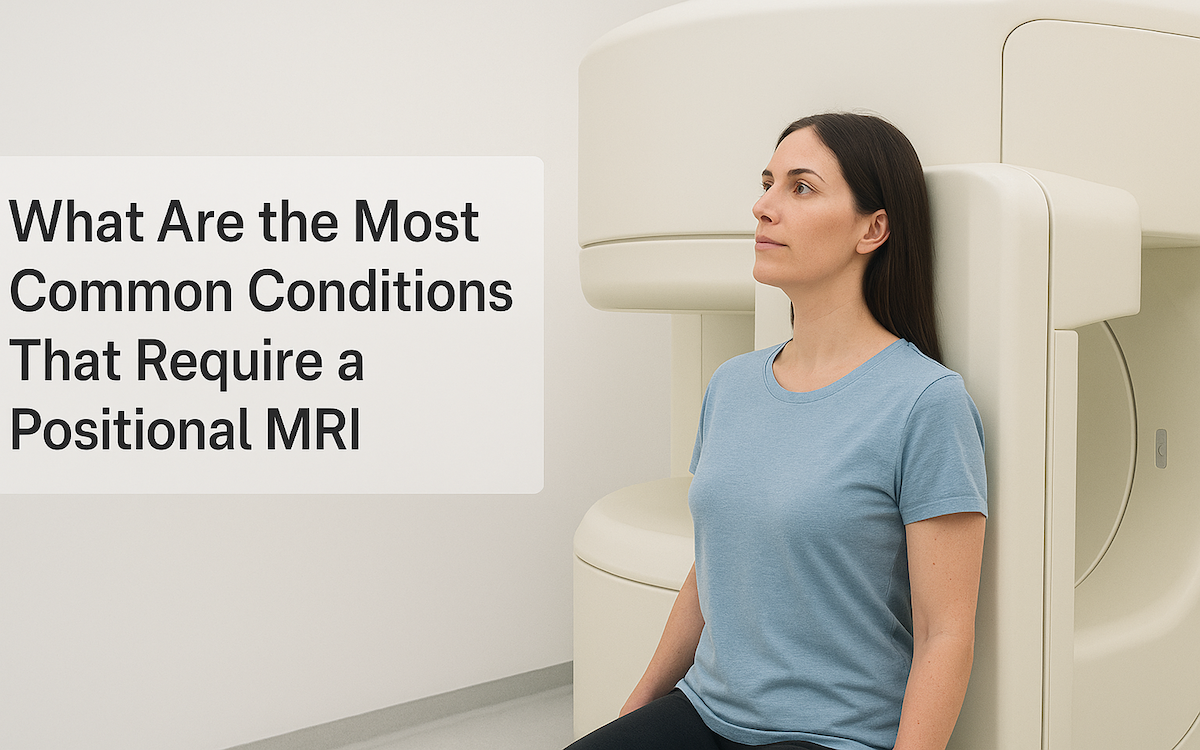


READ PATIENT TESTIMONIALS
Upright MRI of Deerfield.
Susan D.,
Highland Park, 39
I am going to tell everyone about your office! This was a great experience after I panicked in other MRI machines and had to leave. Thank you so much.

Judith B.,
Milwaukee, 61
I suffer from vertigo and other MRIs do not work. This was wonderful…absolutely NO discomfort at all. The MRI was so fast…I wanted to stay and watch the movie! Mumtaz was great. His humor really put me at ease. I’ve already recommended Upright MRI to friends.

Delores P.,
Glencoe, 55
Everything is so nice and professional with your place. I have been there a couple of times. My husband and I would not go anywhere else.

